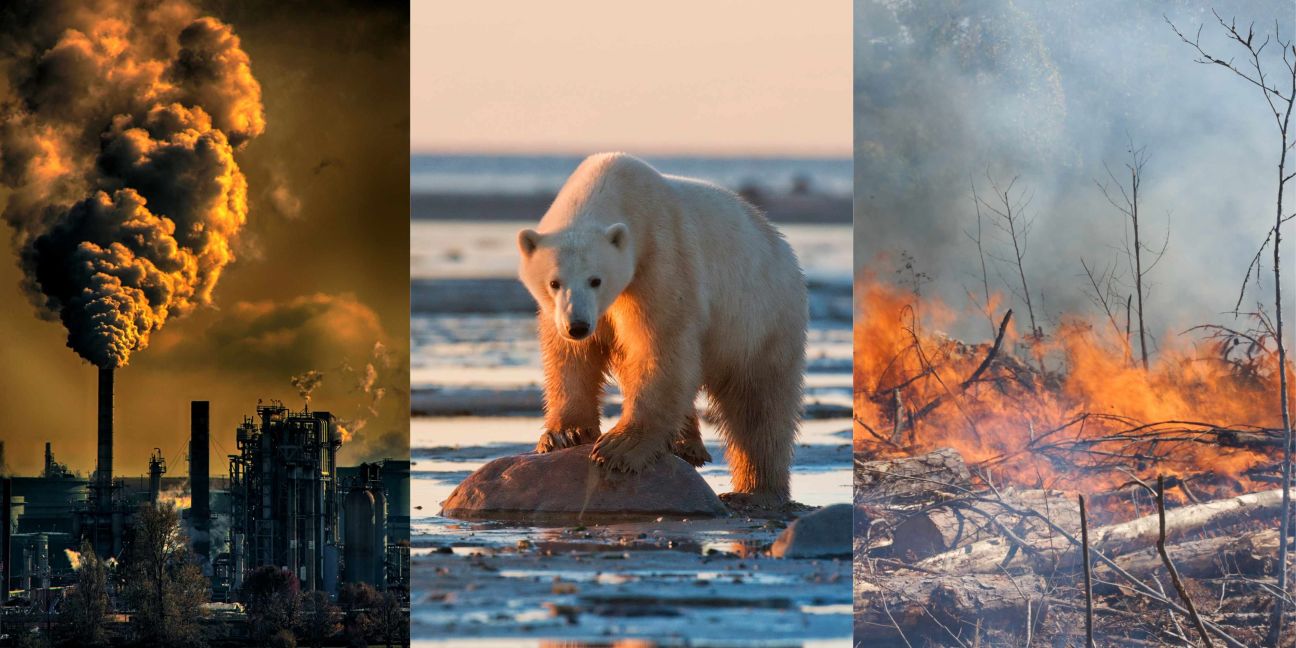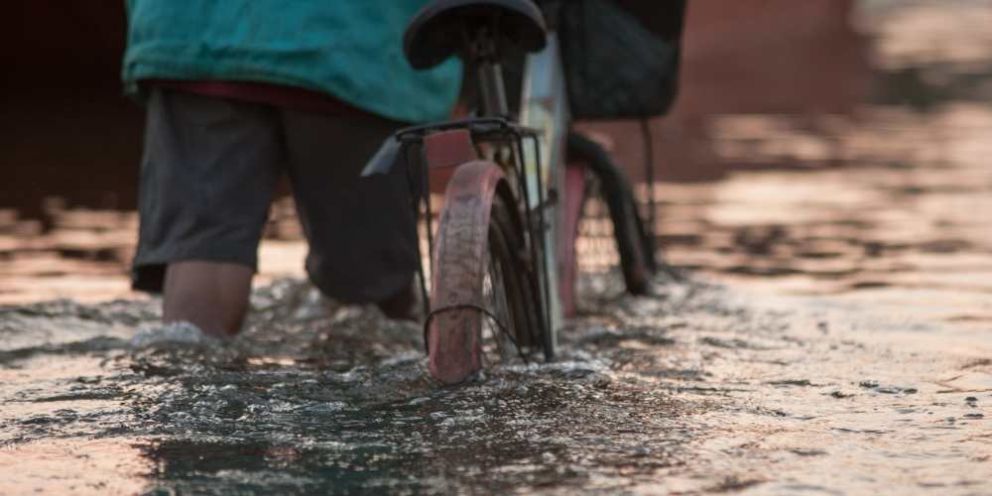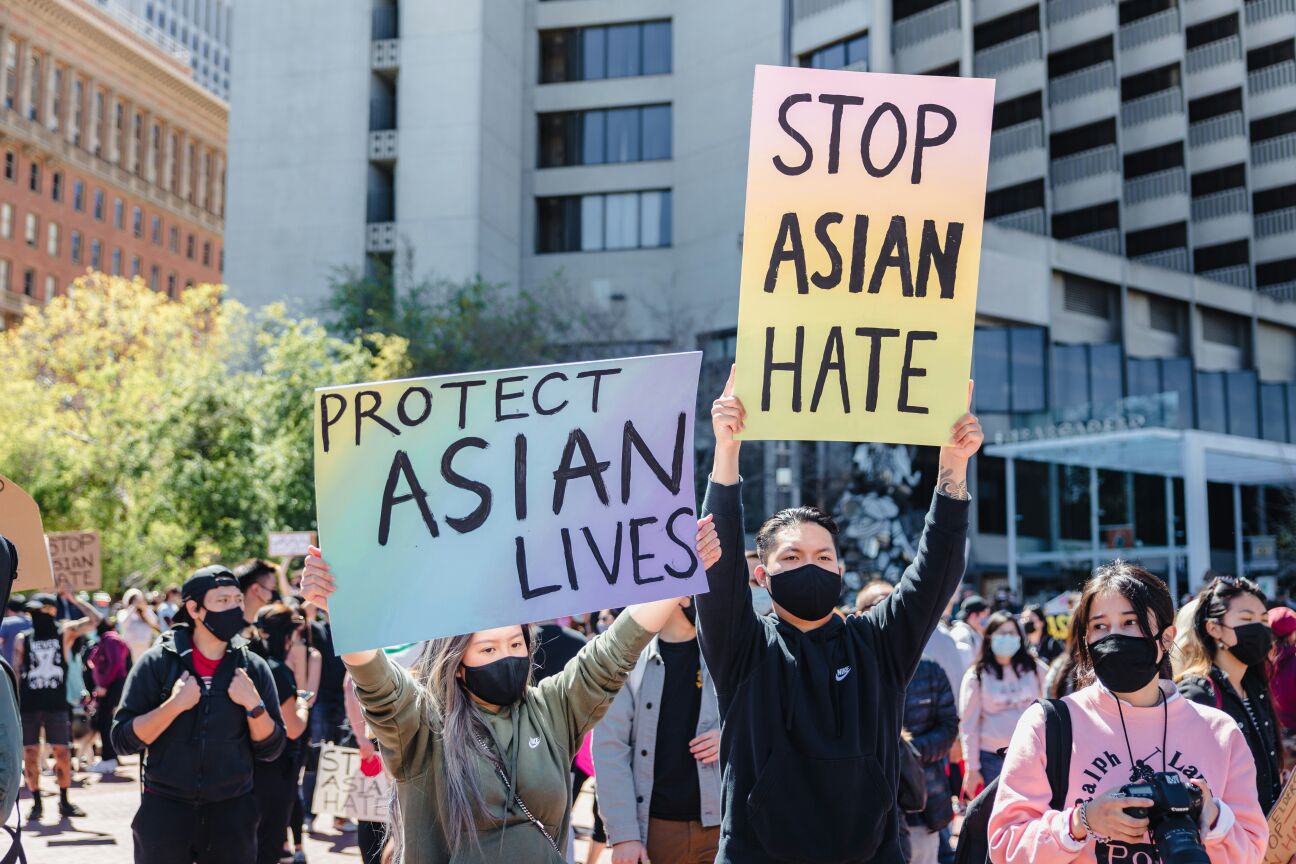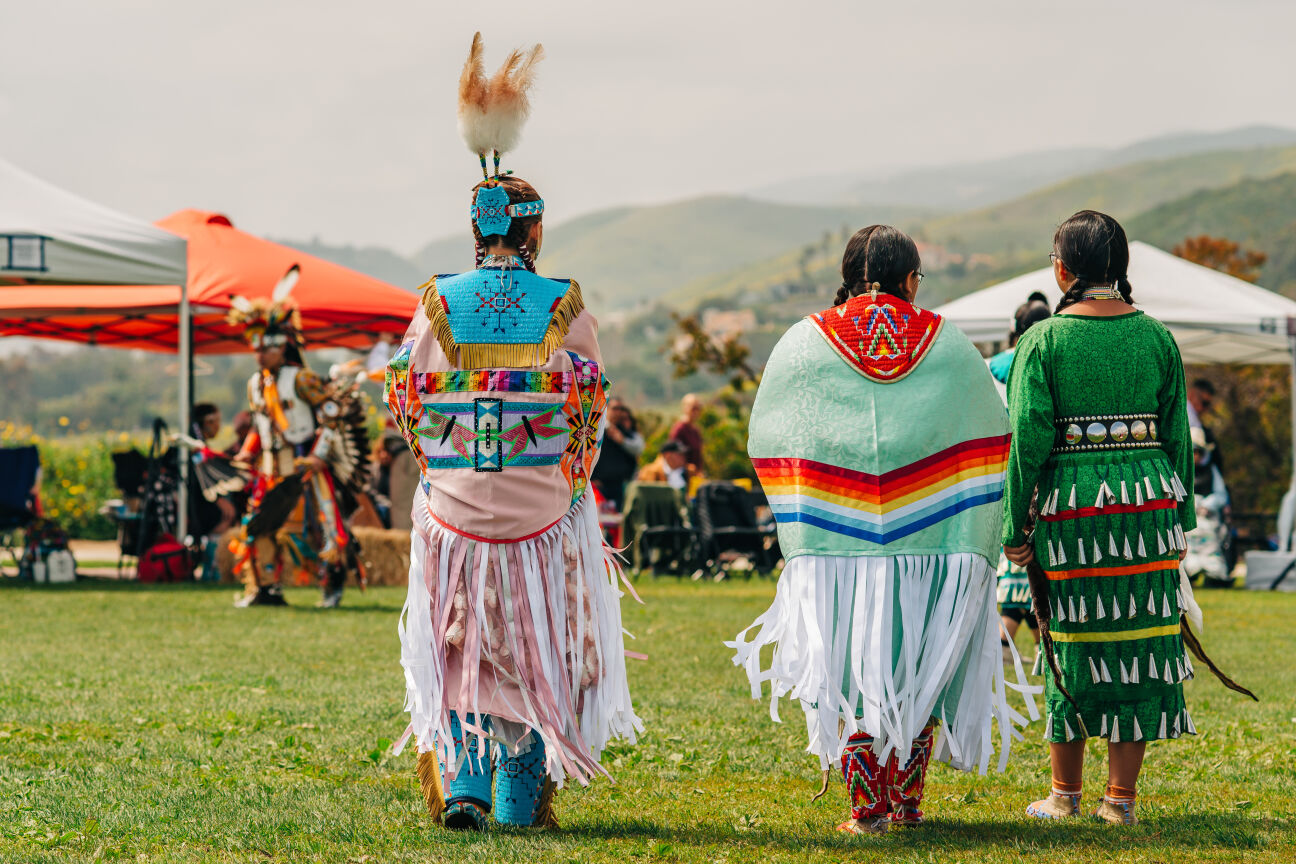JOIN THE MOVEMENT Sign-up for our mailing list!

Have you ever listened to someone talk about their job and been left absolutely confused by what they said? Or had a friend who spoke about their new hobby but used words and phrases that made your head spin?
Understanding the difference between climate change and global warming can leave some of us feeling the same way, causing confusion about what is happening and how we can make a positive impact. But we’re here to help.
Global warming and climate change are often used interchangeably but are two different things altogether. Global warming refers to the rise in global temperature, while climate change refers to the changes in climate patterns over time and includes a number of factors beyond temperature.
In this article, we’ll talk about global warming and climate change and their long-term effects. We’ll also discuss how you can help protect the environment and make real change for our planet.
Global Warming versus Climate Change
Global warming refers to the rising global temperature since the pre-Industrial period (1850 – 1900) due to human activities. Since that time period, human activities have increased Earth’s global average temperature by 1 degree Celsius. And each decade, this number increases by 0.2 degrees Celsius.
On the other hand, climate change is the long-term changes in weather patterns that define our local, regional, and global climates, which have a broad range of effects. This includes rising sea levels, rapid sea ice melting, and increases in precipitation.
For many people, hearing about global warming first raises their awareness of climate change as a whole. After all, rising temperatures, which create things like heatwaves, are something that everyone has more or less experienced.
Climate change and global warming are serious issues that need to be dealt with to protect our planet’s future. While that statement might seem dramatic, it’s unfortunately very true. Fighting global warming and climate change will take time, and without action taken soon to limit the global temperature rise, we will reach a point of no return.
What causes global warming and climate change?
Climate change is caused by natural and human-produced warming – which is what we call global warming.
Since the 20th century, human activity is largely responsible for the dangerous increase of greenhouse gases. These gases naturally trap the sun’s rays and heat up our planet. However, human activity is emitting large amounts of gases into our atmosphere, causing the earth’s climate to rise at an unnatural rate. This is what scientists refer to as global warming.
Some human activities include the burning of fossil fuels like coal, oil, or gasoline. When burned, these fuels produce harmful gases like carbon dioxide, methane, and nitrous oxide. Another factor is deforestation. When trees are logged, clearcut, or burned down, they release stored carbon dioxide, the most common greenhouse gas in our atmosphere today. Agriculture is also a major culprit. Farm animals like cattle emit methane, fertilizer and manure used to enhance soil emit nitrous oxide, and tilling soil increases carbon dioxide emissions.
Aside from human-caused climate change, climate change can also happen naturally. For example, the sun’s heat intensity can change over time and volcanic eruptions can increase the presence of greenhouse gases.

Understanding the long-term effects of Global Warming and Climate Change on Our Planet
Global warming and global climate change come with serious consequences. Let’s examine some of them in more detail.
Consequences of Global Warming and Climate Change
Severe weather
As our temperatures continue to rise due to global warming and climate change, we will experience more severe weather. This can be seen in the increase of heatwaves, creating optimal dry conditions for wildfires to start and spread rapidly. For example, Lytton, British Columbia, broke Canada’s weather record for three consecutive days, reaching up to 49.6 C. One day later, 90 percent of the village was lost to wildfires.
It can also increase the rate at which water evaporates, causing more droughts. On the flip side, climate change’s long-term shifts in weather patterns can cause heavier downpours, triggering more floods.
Another symptom of global warming and climate change is the larger presence of slower-moving winds in warmer climates and rising sea levels – the perfect recipe for creating more dangerous hurricanes.
Ocean acidification
Oceans naturally absorb carbon dioxide, but they are absorbing even more because of the significant rise in carbon dioxide production from human activity. This extra carbon dioxide makes the ocean water more acidic, which can have dire effects on marine life. Take, for example, coral reef. As the home of many different species, coral is essential to the ocean’s health and without it, many species will become extinct. However, ocean acidification is making coral reef weaker and causing them to erode. Additionally, shellfish and the small crustaceans are also at risk, as the acidic water damages their protective shells.
Increase in Animal Extinction
When temperatures rise, and long-term shifts in weather patterns start to show up, it can change the environment and habitats of different species putting more species at risk for extinction. Many animals are unable to adapt to these changes, causing a decline in their population. For example, global warming and climate change have caused the rapid melting of sea ice, which is the hunting ground for many polar bears. Without these firm and stable grounds, polar bears can’t reach their food and risk starvation. Scientists believe if bold action is not taken, polar bears could face starvation by 2100.
Another example is the decline of cold-water fish like trout and salmon. As water temperatures rise, their ability to breed and remain plentiful decreases. This can cause a ripple effect as salmon and trout are food sources for many larger animals.
Impact on Agriculture
When summers become hotter and drier, it’s hard to farm crops that don’t do well in the heat. This includes rice, wheat, and other staples that many people depend on for sustenance. Mild winters can also result in more bugs and pests that make growing food even more difficult and continue to deplete food sources, causing scarcity.
What can you do to minimize the risks of Global Warming and Climate Change?
It can be terrifying to see the impacts of global warming and climate change laid out before you. In fact, climate change and global warming can cause feelings of depression and anxiety, as the problems can seem too big to overcome. However, there are things that you can do today to minimize the risks of global warming and climate change.
One of the biggest steps you can take is to raise awareness. Many people are unaware of the risks of global warming and climate change. And when you don’t understand how damaging they can be, you won’t see the value of making lifestyle changes or supporting changes in government policy. By raising awareness, you can help ensure others join in and fight climate change.

Something everyone can do to make an impact is to conserve energy, which reduces greenhouse gas emissions. Use things like energy-efficient smart bulbs which don’t need as much electricity to light up your room. Additionally, if you have air conditioning, don’t be so quick to use it when it starts to get warm outside. Instead, open your windows and let the natural breeze cool you down. If using the air conditioner is a must, don’t set it too low in temperature, as that will need more energy. On the flip side, try not to set it too high during the colder months and instead, wear sweaters to warm yourself up. Purchasing and using a smart thermostat is also very helpful. They can store your temperature preferences, adjust to your schedule, and suggest settings to save energy.
Other things you can do include planting trees, eating locally grown foods, riding a bike or taking public transit to work, and reducing your carbon footprint by consuming less in general. Finally, we can support programs and initiatives that are doing amazing work to fight global warming and climate change by donating.
Learn about the Protect the Environment Fund
We need to ensure that our planet is safeguarded not just for us but for future generations as well. By donating to our Protect the Environment Fund, you can help stop the destruction of the planet before it is too late.
It supports over 500 charities that nurture the health, diversity, and sustainability of the environment in which we live. That includes natural parks, trails, watersheds, forest conservancies, wildlife societies, and much more.
Learn more about the Protect the Environment Fund. Support important environmental conservation initiatives and help save our planet today.
Learn about the Fight Climate Change with Policy Fund
To tackle the root cause of climate change and global warming, we need policies that reduce the use of greenhouse gases, promote clean energy, and protect our environment on a massive scale. Organizations across Canada are advocating for these policies at the provincial and federal levels, but they need your help to keep going.
Donate to the Fight Climate Change with Policy Fund, which includes multiple organizations that are helping to enact climate policies. This includes regulations like carbon pricing that incentivize people to use cleaner fuels. Or subsidies that support low-carbon technology like electric vehicles and heat pumps for buildings.
Play a role in fighting climate change and implementing policies that will protect Earth. Donate today.
Want to Stay in Touch with Us? Join Our Newsletter!
One of the concerns many people have when facing a crisis like climate change is thinking that the actions of one person won’t make a difference. However, every step we take has an impact. When we come together with like-minded individuals, even more change can happen.
Join our newsletter today and stay up-to-date on the different ways you can fight climate change and support other causes you might be passionate about. At Unite for Change, we believe that when we all come together, we can make a difference. We can spread the word, take action, and fund positive change.
More From The Blog

Social Justice, Human Rights, Racism
Asian Heritage Month and Canada’s History of Anti-Asian Racism
May 14

Human Rights, Women’s Rights
The Fight for Gender Equality Continues this International Women’s Day
March 8
